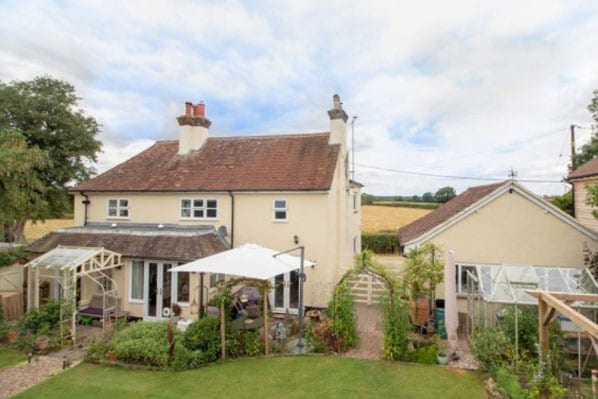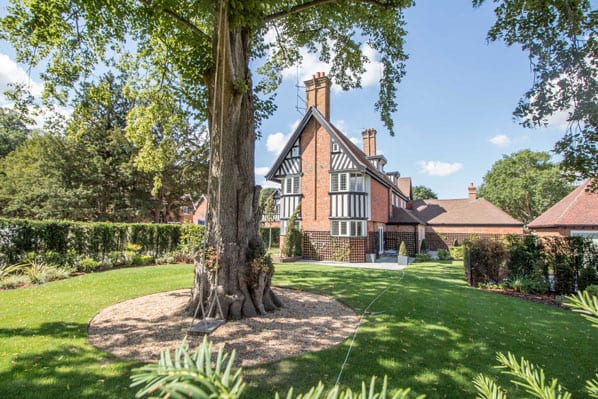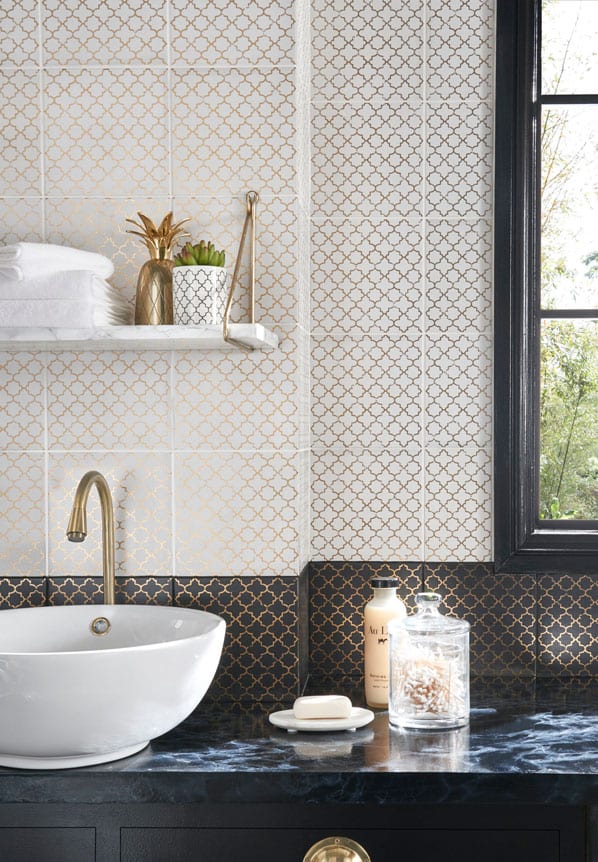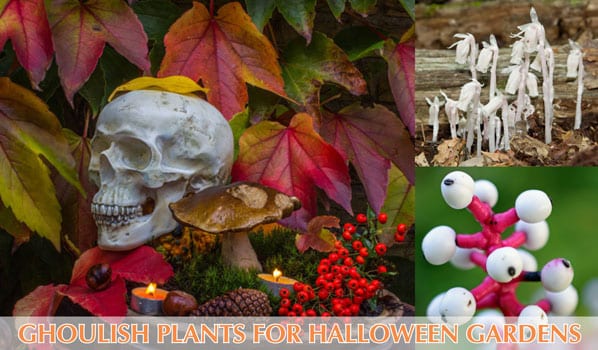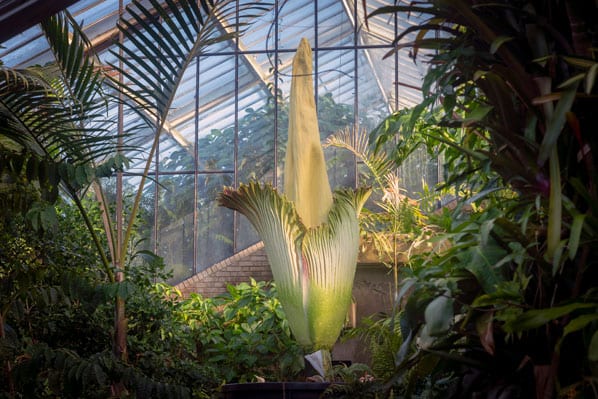Voted ‘Best Place to Live’ for 5 consecutive years, Hartley Wintney is the jewel in the crown for village life, with an active community and easy connections for travelling.
For anyone looking for a place to retire, Hartley Wintney has to be worth further exploration..
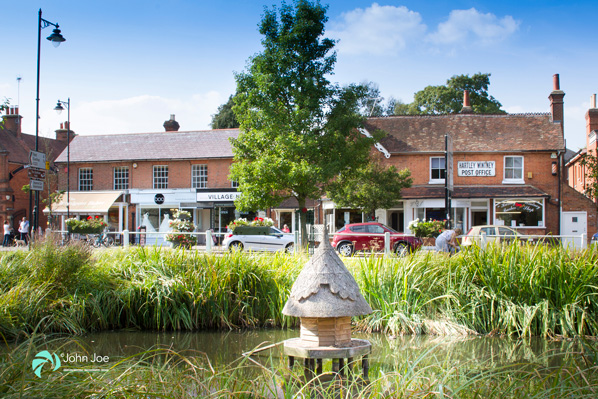
This oversized village features five greens, two delightful duck ponds, an attractive High Street lined with period buildings, mostly dating from the 18th and 19th centuries when Hartley Wintney grew as a coaching stop on the London Road (aka A30), plus a scattering of barns, cottages and farmhouses from the 17th century.

Over time, the High Street has developed into a highly browsable shopping destination with a selection of fashion and interiors boutiques, galleries and antique shops. The recent addition of William Dyers amazing delicatessen offering everything from luxury cuts to a frozen dinner party has completed the luxury treats.
From a more practical and useful side, the Whitewater Health doctors surgery is tucked just off the High Street and the village also offers a dentist and opticians.

The community is incredibly active and offers something for everyone, from cinema nights and plays at the Victoria and Jubilee Hall to plant sales and crafting with the local Womens Institute to the highly regarded Hartley Wintney Golf Club tucked just off the end of the High Street. One of the main focus areas of the village is Hartley Wintney Cricket Club, with their pitch just behind the High Street and with the obligatory pub next door.
Culturally, Hartley Wintney offers unlikely musical experiences – ranging from the sublime to the ridiculously fun. The former is the highly regarded opera season at West Green House; an 18th century country house known worldwide for its gardens. The latter is Lowde Fest at Hazeley Bottom: 11 hours’ non-stop live, food market and funfair.

There are a number of purpose built retirement schemes, all within easy access to the High Street and amenities and at a range of price points and size to suit different needs. To find out more please call the Hartley Wintney office on 01252 842100 to find out more.


















